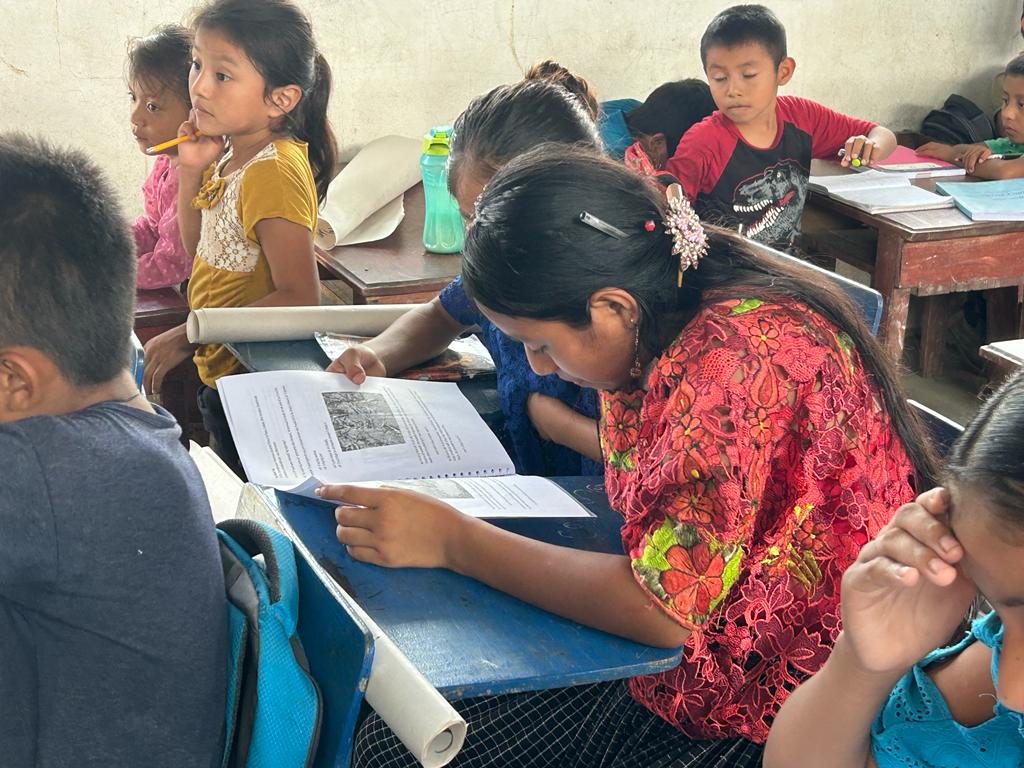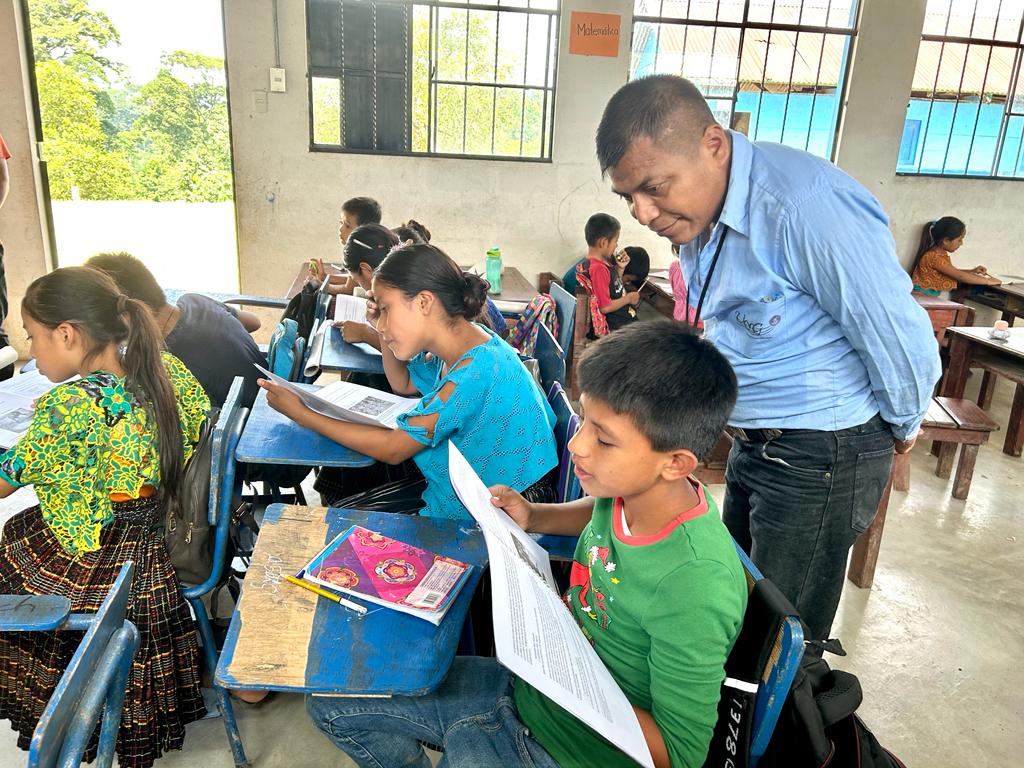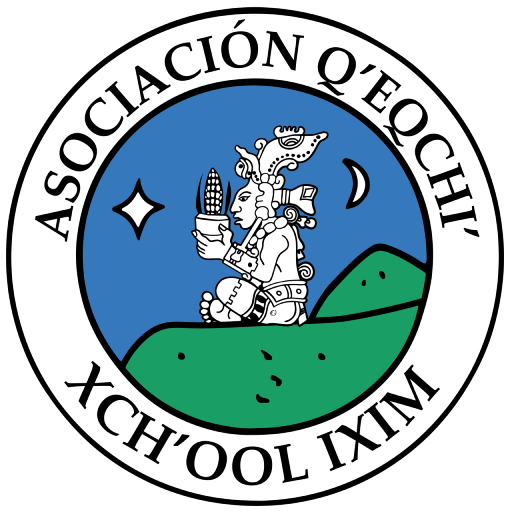
After the Civil War, despite the signing of the Peace Accord in 1996, the government did not support public education and there were no indigenous primary schools. The indigenous communities are united in their fight to promote their culture and equality in bilingual education. Despite great odds, indigenous leaders and educators developed the Q’eqchi’ Association Xch’ool Ixim (Heart of Corn) in 1993 and formed five small primary schools for 1st – 6th grades in the region of Nimlah’akok to improve educational access and quality of education for Q’eqchi’ students in rural indigenous villages. With the facilitation of Xch’ool Ixim (Heart of Corn), there are now 43 public schools (one per village) and 122 teachers serving 2,766 students.
The educational model developed and implemented as one of the actions of Xch’ool Ixim (Heart of Corn) aims to promote the role of the school in the community and to incorporate elements of Maya culture and history, as well as knowledge of the curriculum taught in public schools. Our goal is to develop an education model which supports intellectual development and strengthens cultural identity. This includes the implementation of an innovative methodological approach which turns education into a quality training and conscious learning process.

Our Impact
In the Q’eqchi’ region of Nimlah’akok, we have come a long way:

Our Challenge
In schools with less than 25 students, one teacher is designated as the principal and she/he is responsible for teaching all six grades, and all of the courses. There is still no teacher training. The curriculum is not focused on bilingual education. The teacher may or may not speak Q’eqchi’. Since most Maya women in this region didn’t attend school and are monolingual, most children start school speaking only Qeqchi’ and will need to learn Spanish. Language is not the only obstacle these children face. If these low-income families are able to make the sacrifices necessary to get their children to primary school, less than one-third will complete 6th grade and if they do, there is no access to secondary education. There are no school buses or public transportation to facilitate travel which can be up to 10 km on unpaved roads to reach the single secondary school in the region.
